CRC gathers scientists to share research on improving the sustainability, adaptability, availability and nutrition profile of seafood
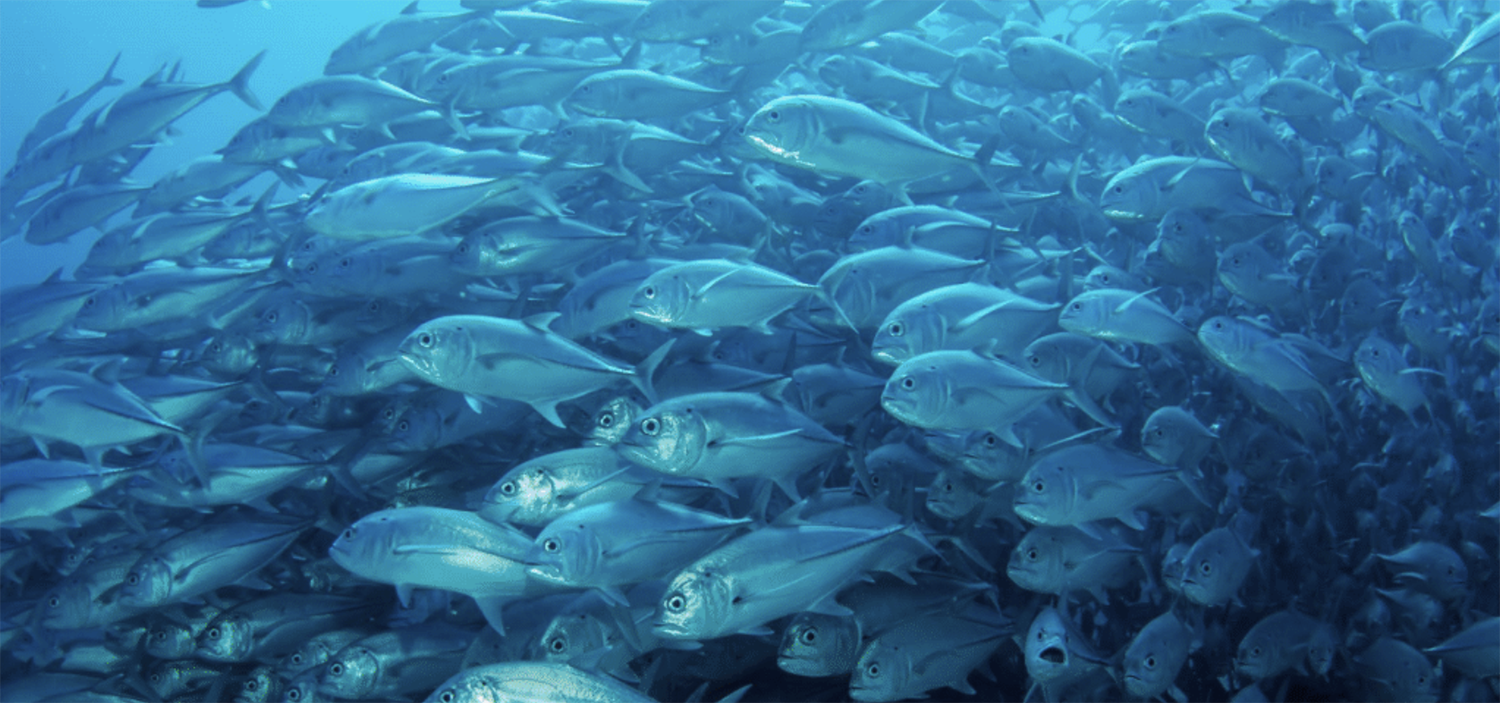
Sustainability and climate change impacts are top-of-mind for everyone in the food industry. But the food itself – the nutrients contained therein – is equally important.
That was the key message delivered during the recent Thinking About the Future of Food webinar, hosted by Australia’s Blue Economy Cooperative Research Centre (CRC).
A series of presenters focused on the future sustainability of aquaculture and fisheries and ways to improve seafood nutrition and accessibility while adapting and mitigating climate impacts.
“A lot of modern conversations have almost equated the word ‘sustainable’ with the environment,” said Dr. Andrew Fletcher, honorary fellow and co-founder of New Zealand’s Sustainable Nutrition Initiative (SNi) at the Riddet Institute. “The first job of the food system is to provide nutrition and if it fails to do that, it doesn’t really matter what its environmental credentials are …it is not sustainable.”
Fletcher introduced some of the tools SNi has created as part of its mission to make scientific evidence available to help people better understand the global food system. One is the Delta Model to project future needs and answer one of our protein-hungry world’s burning questions: “What food should we extract from farms and oceans to give everyone enough nutrition?”
Some speakers said they’re concentrating on improving how aquatic foods can do just that, and how to adapt the food system to handle climate changes.
More seafood production isn’t necessarily better
Dr. Anna Farmery, a Senior Research Fellow at the Australian National Centre for Ocean Resources and Security (ANCORS) at the University of Wollongong, discussed managing fisheries and aquaculture to capitalize on their potential and to boost nutrition profiles. Her current project is improving food systems analysis and outcomes in Timor-Leste and the Pacific.
She emphasizes that just producing more seafood doesn’t automatically solve the problem of global food insecurity. Rather than make an invalid assumption that the more food we produce, the more is available to meet growing demand, she said there are several areas where fisheries and aquaculture could do better for people and the environment.
“While production is a key part of the story, increasing food availability doesn’t consider other dimensions of food systems such as distribution, access, affordability and utilization,” she said. “It doesn’t consider if the people who could really benefit the most from seafood in their diets are going to benefit from a general increase in production.”
Farmery said that maximizing seafood production – even when it’s environmentally sustainable – doesn’t necessarily consider nutritional value: “Some aquatic foods are much more nutritious than others, but fish aren’t targeted based on the nutrition profile and the result is that the total nutrients coming out of a fishery reflect the nutrient content of the most targeted and abundant stock stocks.”
She suggested instead targeting the most nutritious species, pointing to the work of Dr. James Robinson et al in developing a framework for multi-species maximum nutrition yield (mMNY). “An issue faced in targeting fish for their nutrient content is that they potentially might not be popular with consumers … and not viable for the fishers,” she added.
‘It can help to understand how the system has changed already’
Dr. Beth Fulton, a scientist at Australia’s national science agency CSIRO, suggests that to deal with climate impacts on the seafood system, everyone involved – from producers to policymakers and consumers – will need to adapt. This involves improving forecast technology, tools for assessments and management options and moving from a largely watch-and-wait stance to proactive changes around mitigation, adaptation and specific policies to deal with climate change.
In 2021, CSIRO released its Climate Adaptation Handbook for fisheries; there are plans to begin work on the same for aquaculture in 2024.
Building out socio-ecological modeling beyond a single species or a small number of species to include an entire ecosystem can be helpful for scenario planning, something Fulton has been working on with fishers in Australia and beyond over the past year.
“It can help to understand how the system has changed already,” said Fulton, domain leader for CSIRO’s Integrated Ocean Stewardship program. “That gives fisheries and equally aquaculture production in that area some understanding of how that environmental change is having a footprint on their day-to-day activities.”
Fulton recently published an article that models how climate change has affected southeast Australian fisheries. The simulations indicate that climate change, even in well-managed fisheries, significantly contributed to the decline of several species. This knowledge can help stimulate the proactive decision-making around mitigation, adaptation and future policies that Fulton discussed. For starters, she stressed that the maximum-sustainable yield style of fisheries management does not work.
“It might be a great way to run a farm, but you can’t run an ecosystem that way, particularly one under climate change,” said Fulton. “When management of seafood was first introduced, people had to assume static equilibrium conditions because they were doing the calculations by hand. These days, we have computers and we understand complex systems a lot better.”
Fulton said the evolution of fisheries management is about embracing “dynamic reference points and the structure and function of ecosystems as a part of the blue economy, rather than just snapshot conditions.” She expects the World Fisheries Congress in Seattle in March will underscore the value of modern management and how fisheries and aquaculture are now married with conservation.
The Australian government-funded CRC was established in 2019 with the broad remit of industry-focused research and training to support sustainable offshore aquaculture and renewable energy.
Watch the recorded event here.
Now that you've reached the end of the article ...
… please consider supporting GSA’s mission to advance responsible seafood practices through education, advocacy and third-party assurances. The Advocate aims to document the evolution of responsible seafood practices and share the expansive knowledge of our vast network of contributors.
By becoming a Global Seafood Alliance member, you’re ensuring that all of the pre-competitive work we do through member benefits, resources and events can continue. Individual membership costs just $50 a year.
Not a GSA member? Join us.
Author
-

Jane Nicholls
Australian Jane Nicholls lives and works in Sydney on the lands of the Gadigal and Wangal peoples. She’s been a journalist for more than 30 years and since turning freelance in 2014 has mostly covered science, technology and business, with the occasional side serve of travel writing. @janey64
Tagged With
Related Posts
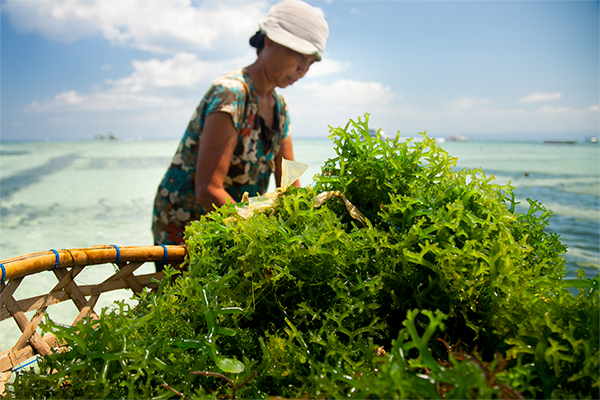
Intelligence
A seat at the table: Fed By Blue team says aquaculture needs a stronger voice
In Fed By Blue, star power and a women-led production team aim to prop up farmed seafood with a focus on the message: Blue foods are the future.
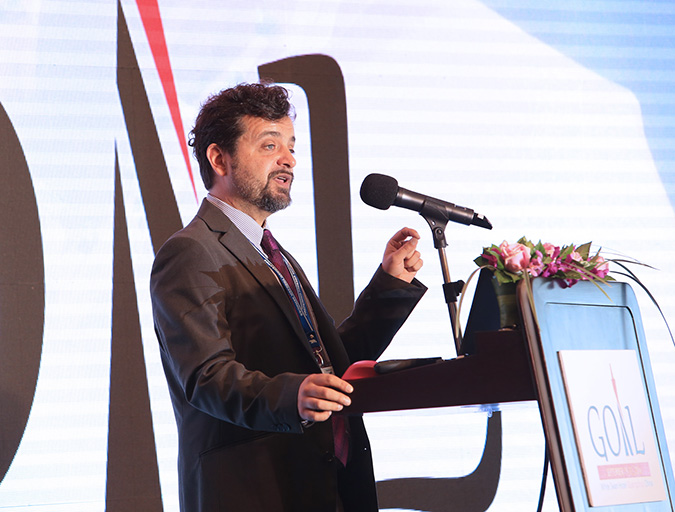
Aquafeeds
Aquaculture Exchange: Giovanni Turchini, Deakin University, part 1
One of the world’s leading fish nutrition experts talks about how aquaculture can learn to survive, and even thrive without depending on fishmeal and fish oil. It’ll take a lot of innovation, but Giovanni Turchini is confident that the industry is on the right path.
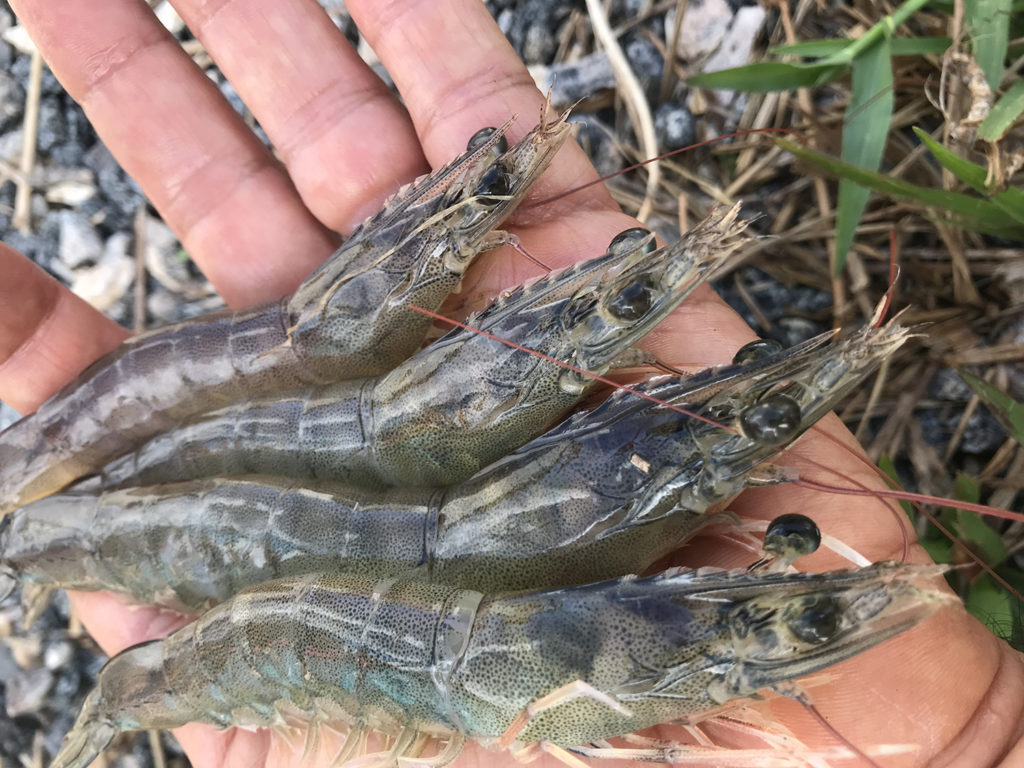
Health & Welfare
Culture of Pacific white shrimp juveniles in super-intensive conditions
Results of this study showed that L. vannamei juveniles can be cultured at high densities with adequate survival, growth and feeding efficiency, and with minimal water exchange or full water reuse through recirculation.
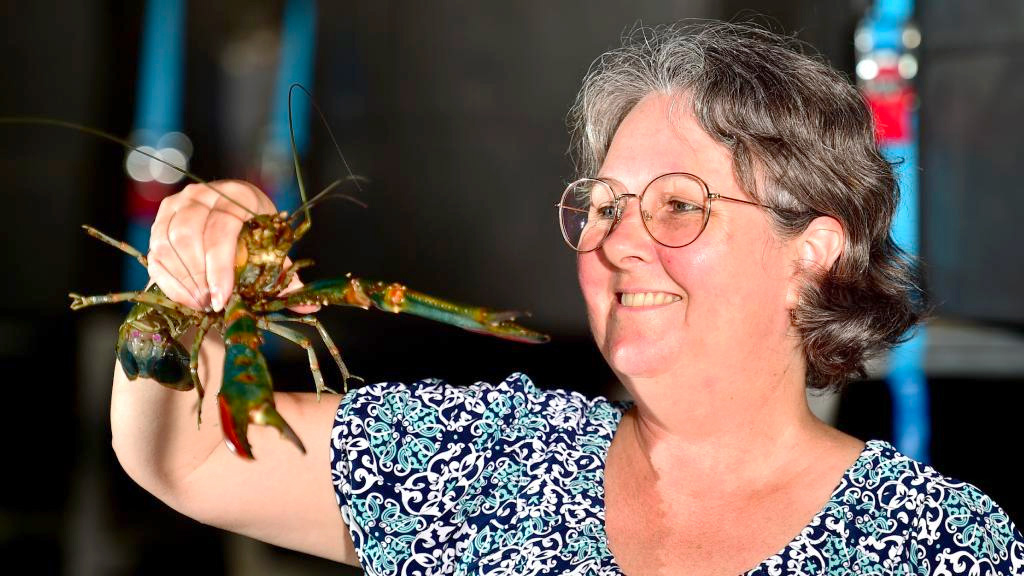
Innovation & Investment
In Australia, aquaculture is looking up – and ahead
Pathogen-resistant crawfish and microencapsulated aquafeed supplements are two examples of how Australia’s aquaculture industry is always innovating.


